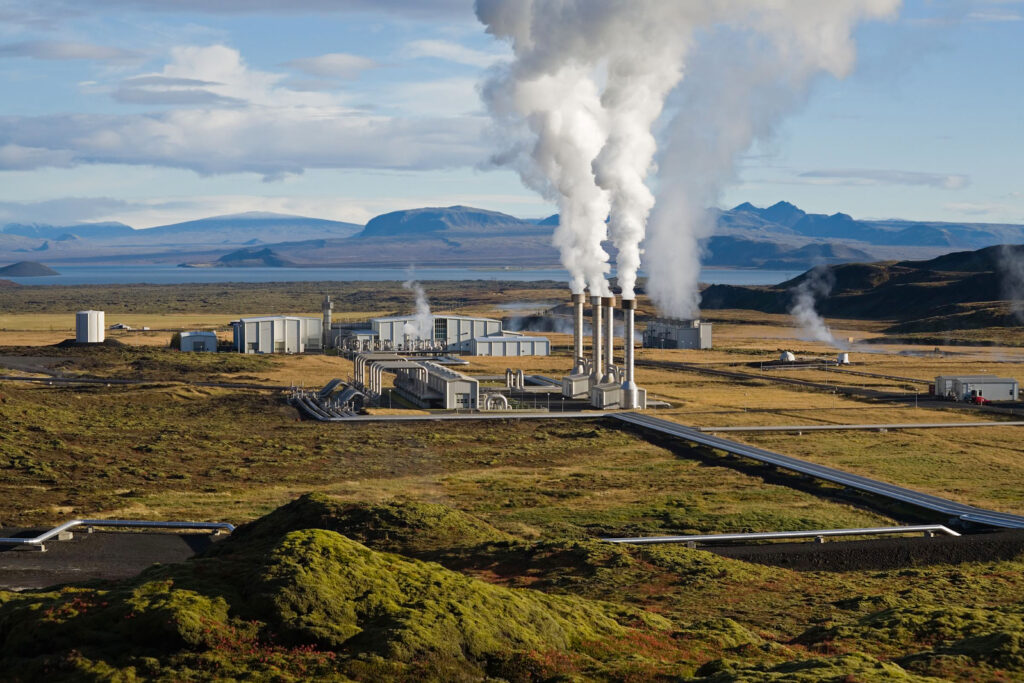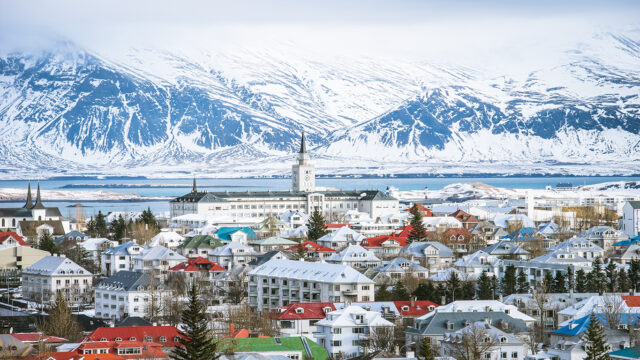Sustainable Energy Development:
Sustainable development was adopted in Brundtland report (WCED 1987). It was initially defined as “development that meets the need of the present without compromising the ability of future generations to meet their own needs”. The framework of this is present in Agenda 21, which United Nations Conference on Environment and Development (UNCED) adopted at the 1992 Earth Summit. Energy is a very important part of economic and social development but also contributes a lot towards the environmental degradation. Energy is very much linked to economic, human welfare and local as well as environment.
Increasing political unrest, energy prices and climate change are only few of the reasons that all the countries in the world are adopting and planning for sustainable energy development (SED). It is defined as the development of obtaining, distributing and exploiting the energy sector and is based on the principles of sustainability. Following it means we don’t want negative consequences for the economy, society and the environment.
The SED have four major goals:
- Increase the technical and economic efficiency of energy use and production
- Improve energy security
- Reduce the environmental impact of energy
- And expand and ensure reliable access to affordable and high quality energy services.
Davidsdott used the reports from the UN Work Programme on Indicators of Sustainable Development to develop SEE Index. It is basically a vector based index for SED. It is divided into three:
- Economic dimension
The goal is to increase the end-use and supply efficiency of the energy system, while enhancing security and ensuring continued economic growth. - Environmental dimension
The goal here is to minimize the environmental impact of energy production and consumption. - Social dimension
It is the main purpose to ensure secure reliable and affordable access to quality energy sources for all members of a given population.

Iceland’s Renewable Energy
Iceland energy mainly comes from the renewable resources with majority from the hydroelectric energy or Geothermal. Iceland rests upon two tectonic plates in the world. One is Eurasia and the other one being North America. The plates are separating and creating harder environmental conditions. As the temperature is rising-up, Iceland will lose majority of its energy production unless these climatic conditions are not found a resolutions for. Rising temperature is causing Glaciers to melt and water level is increasing at a high rate. Iceland’s water level and Dams are overflowing over the danger level.
Iceland is regarded as the “The Land of Fire and Ice”, and is home to active Volcanoes and Dozen of Glaciers and Ice Caves. Iceland Converted the unutilized resources and what others countries could consider a disadvantage for them into an industry which is not only fulfilling the demands of the people but has become a model for the world. In 1904, it developed hydroelectric energy and geothermal energy in 1970’s. 72% of its renewable energy is generated by hydroelectricity whereas geothermal energy accounts for 28%. The majority of the revenue for Iceland comes from smelting and refinement of aluminium or fishing industries. 70% of the geothermal energy is used in the aluminium and silicon refinements plants. This can also be considered why they are rebuilding the geothermal energy so they could develop a cleaner and efficient energy.
Iceland is the only country in the world to produce 99% of its energy from renewable energy resources. As Iceland is familiar with the fact that they will lose their energy with the loss of the glaciers by 2200, it has held them to attach their growth and development to Hydroelectric and Geothermal energy.
Solutions for future:
There is a need for them to expand hydro power plants to accommodate for the increased demands. In doing the above, they will also harness more power from the glacial runoff. It can also expand this energy and supply. They could also expand the geothermal plants in the country.
Being one of the windiest country in the world, it could use to produce energy. This way Iceland could be prepared for the future by the time the existing resources will vanish. In 2013, Landsvirkjun, the National Energy Company of Iceland, installed its first two wind turbines in Iceland. Iceland not only has one but two alternatives to the hydroelectricity. They are on one hand strengthening their geothermal and wind energy but also extracting more and lasting benefits from the hydroelectricity.
However, the main reason for the invest in renewable energy was the high prices of Oil in 1970’s. The UN Chronicles confirms the above facts, which ultimately lead to the first steam drive turbines in the 1970 while the five major hydropower’s plants were constructed in 1972.
Iceland in future will be experiencing major changes and they will require having solid and stable plans to not let it affect their growth and development.
Conclusion:
The case study of Iceland shows that not only developed and rich countries can create transformation. The Energy Model of Iceland shows that the importance of transition for the future is easier if we understand the forthcoming changes. Just as Hydropower and geothermal are suitable for Iceland not necessarily the same is for the other countries. Different local conditions and renewable resources available will play a major in determining the same. But the model as adopted by Iceland, the knowledge and experience can be something which can be learnt from to achieve a common sustainable future.









